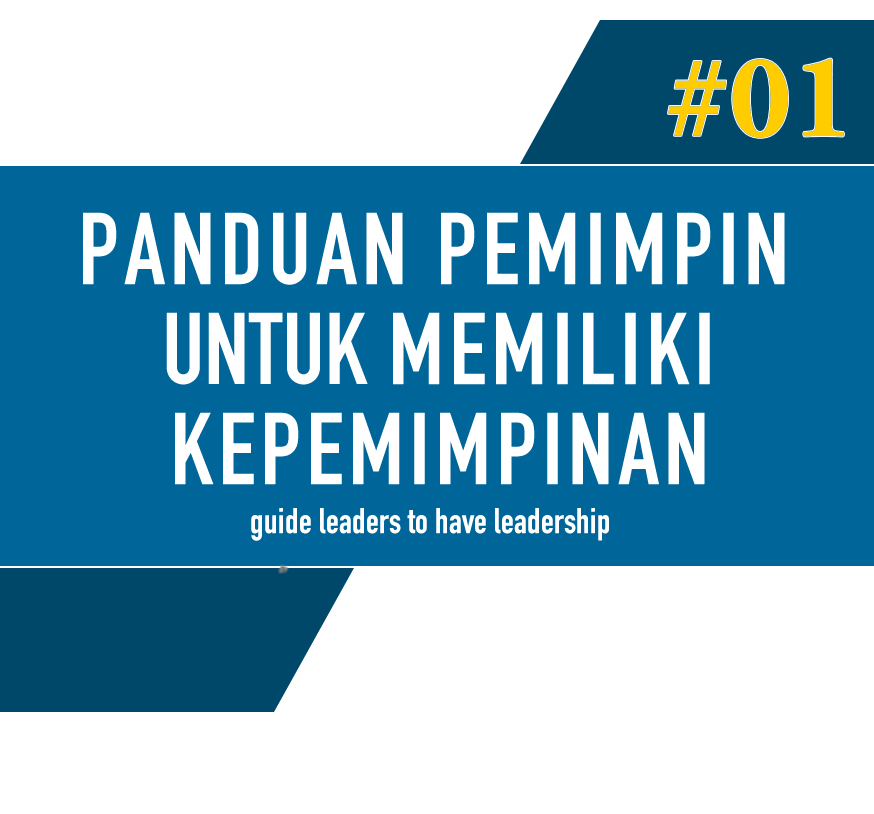Before You Plug Into Electricity, Plug Into Electrical Safety—The Checklist
Power Cords
Power cords, part of electrical products and appliances, connect the item to the power supply by plugging into the outlet. They need to be kept in good condition. Even an electrical item that is in otherwise good working order can still represent a shock and fire hazard if its power cord is damaged.
- Check to make sure electrical cords are intact and in good condition, not frayed or cracked.
- Check to make sure lamp, extension, telephone and other cords are placed out of the flow of traffic. Cords stretched across walkways may cause someone to trip. If you must use an extension cord, place it on the floor against a wall where people cannot trip over it.
- Whenever possible, arrange furniture so that outlets are available for lamps, entertainment products, or appliances without the use of extension cords.
- Check to make sure furniture is not resting on cords.
- Check to make sure electrical cords do not run under furniture or carpeting, or behind baseboards.
- Check to make sure electrical cords are not attached to the walls, baseboards, etc. with nails or staples. Disconnect power before removing nails and staples from on or around electrical cords.
- Do not attempt to repair cords yourself. Take any item with a damaged power cord to an authorized repair center, or cut the cord, safely dispose of the item, and purchase a new one.
Tips : Cutting off the cord when disposing of a damaged electrical product reduces the likelihood of someone else “salvaging” the item and bringing the hazard home with them.

No comments:
Post a Comment